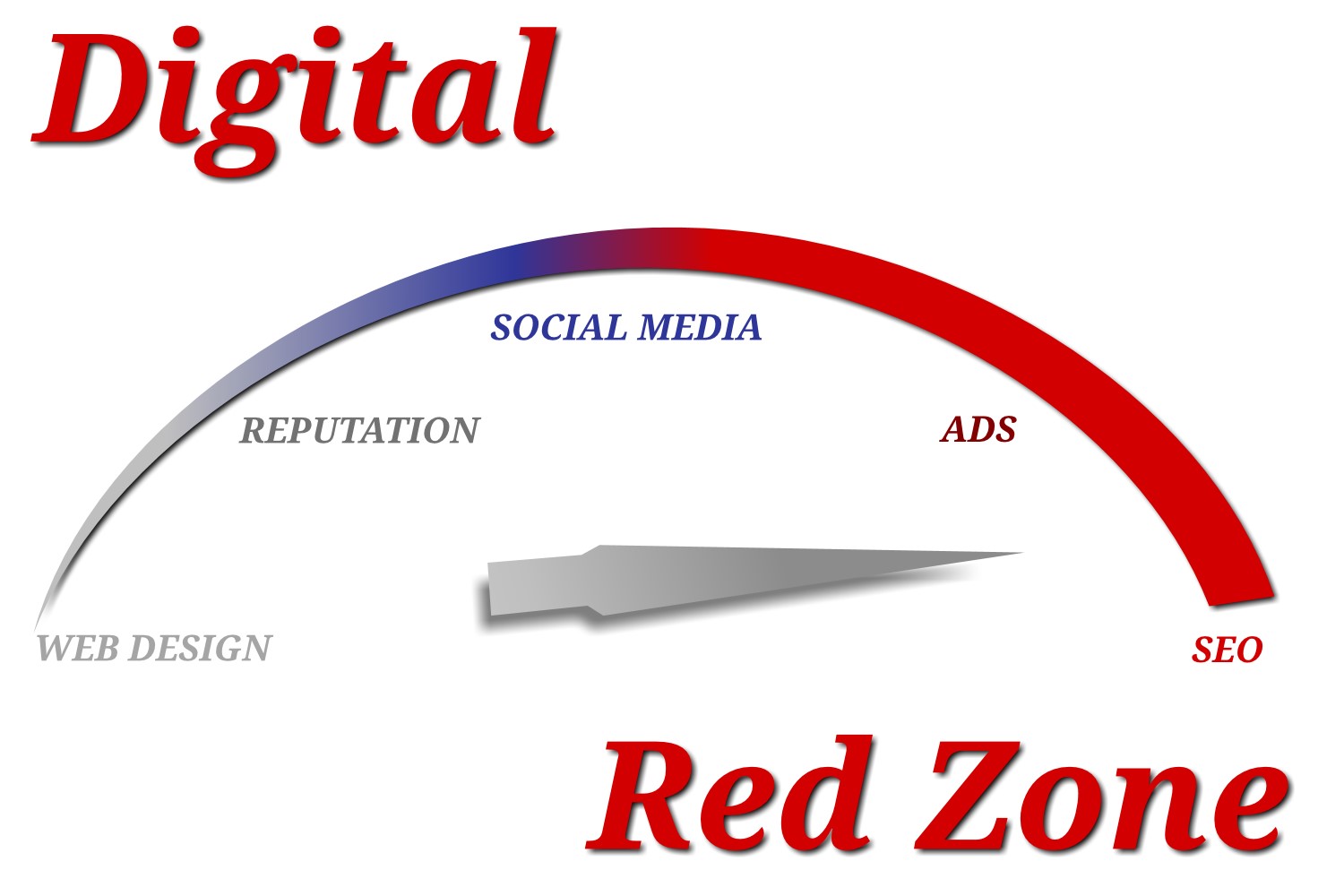Retail websites are ‘twice more likely’ to influence customers if ads are served there
Brands are almost twice as likely to influence U.S. shoppers by advertising on retailer websites as opposed to marketplaces, according to a new study.
Research into the digital advertising landscape conducted by software engineering and digital consultancy company Intellias found that:
- 25% of U.S shoppers are now influenced to buy products advertised to them on retailers’ websites, compared to 13% on marketplaces
- 54% of U.S. shoppers would be more likely to buy items advertised to them by a “trusted” retailer.
- 55% would be more likely to try new brands if they were recommended them by a retailer they regularly shop with.
Why we care. For brands, it’s valuable to consider these insights to make data-driven decisions about ad placement, ensuring optimal campaign performance and maximizing ROI.
Retailer website influence. The survey of more than 1,000 U.S. shoppers found that 25% are now influenced to purchase products advertised on retailers’ websites, with an additional 15% persuaded by ads on retailers’ apps. In comparison, only 13% are swayed by ads on third-party marketplaces, and 14% are influenced by branded ads on social media to make a purchase.
Opportunity. Intellias believes that this shows the growing opportunity for retailers to leverage their ‘owned’ marketing experiences via direct-to consumer (DTC) channels. The daily newsletter search marketers rely on.
Predictions. As U.S. retailers focus on expanding their Retail Media Networks (RMNs) and offering omnichannel engagement opportunities, Insider Intelligence predicts that revenues from retail media will exceed TV advertising by 2028.
Get the daily newsletter search marketers rely on.
What Intellias is saying. Alexander Goncharuk, Vice President of Global Retail at Intellias, said in a statement:
- “There’s no denying the sizable opportunity Retail Media Networks present in enhancing shopper engagement and enabling retailers to connect 3rd party brands and advertisers with conversion-ready audiences.”
- “This becomes even more effective when retailers connect data from across their digital and in-store channels and overlay this with loyalty program insights to offer hyper-segmentation.”
- “By tapping these predisposed-to-purchase customers, retailers can deliver greater engagement and campaign performance that significantly increases return on ad spend (ROAS).”
